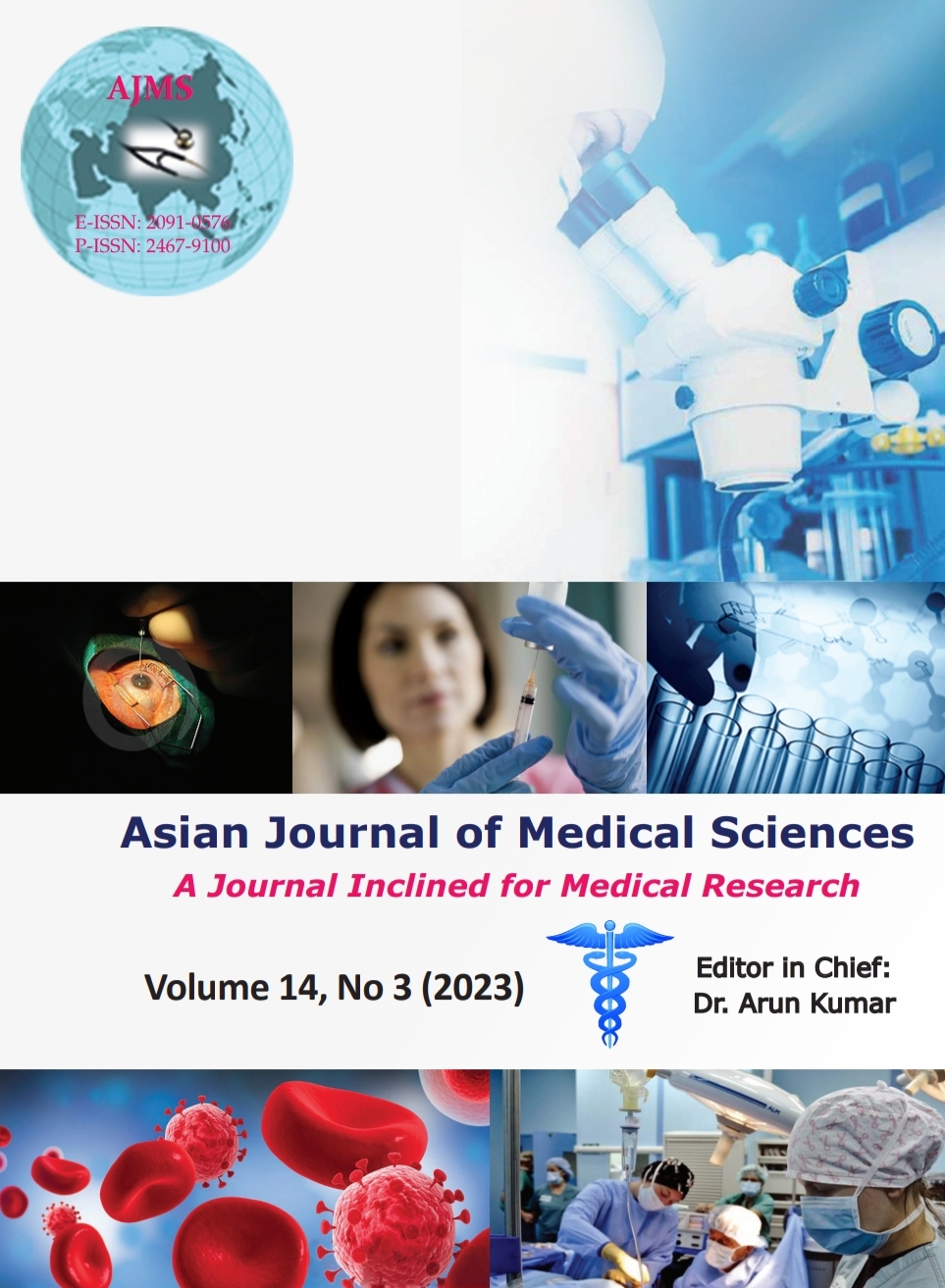Assessment of feasibility of cochlear sparing optimized radiotherapy in nasopharyngeal squamous cell carcinoma using high conformal radiation technique
Keywords:
Nasopharyngeal carcinoma; Radiotherapy; Cochlea; Organs at riskAbstract
Background: One of the most prevalent head-and-neck tumors in Southeast Asia is nasopharyngeal carcinoma (NPC). Each year, NPC causes 84,400 new cases and 51,600 fatalities worldwide. Intensity-modulated radiation therapy (IMRT), which has good local control and few side effects on healthy tissue, is being used to treat NPC.
Aims and Objectives: Our study aims to assess the feasibility of cochlear sparing using volumetric-modulated arc therapy/IMRT technique.
Materials and Methods: Radiotherapy plans of 20 patients diagnosed with NPC who received curative concurrent chemoradiation (Weekly Cisplatin dose of 40 mg/m2) with RT dose of 66 −70 Gy at 1.8–2 Gy/# to a total of 33–35# delivered using True beam LINAC between the year 2020 and 2022 were analyzed retrospectively.
Results: Cochlea sparing reoptimization led to a considerable reduction in radiation dose for both cochleae as compared to the original treatment plans. The median D mean and D max for the left and right cochlea was found to be decreased. The difference in planning target volume (PTV)-D mean between the original and reoptimized plans was negligible. After reoptimization, the median PTV CI remained unchanged. The sparing of the left and right parotids and brain stem was not improved by reoptimization. A similar event was noted for the spinal cord, where the change from the median D max was not statistically significant.
Conclusion: Our investigation showed that a much-increased cochlea sparing is possible in the majority of patients while maintaining PTV dosage coverage and the other organs at risk. Clinical trials in the future, both retrospective and prospective, should examine the effects of this optimization.
Downloads
Downloads
Published
How to Cite
Issue
Section
License
Copyright (c) 2023 Asian Journal of Medical Sciences

This work is licensed under a Creative Commons Attribution-NonCommercial 4.0 International License.
Authors who publish with this journal agree to the following terms:
- The journal holds copyright and publishes the work under a Creative Commons CC-BY-NC license that permits use, distribution and reprduction in any medium, provided the original work is properly cited and is not used for commercial purposes. The journal should be recognised as the original publisher of this work.
- Authors are able to enter into separate, additional contractual arrangements for the non-exclusive distribution of the journal's published version of the work (e.g., post it to an institutional repository or publish it in a book), with an acknowledgement of its initial publication in this journal.
- Authors are permitted and encouraged to post their work online (e.g., in institutional repositories or on their website) prior to and during the submission process, as it can lead to productive exchanges, as well as earlier and greater citation of published work (See The Effect of Open Access).




